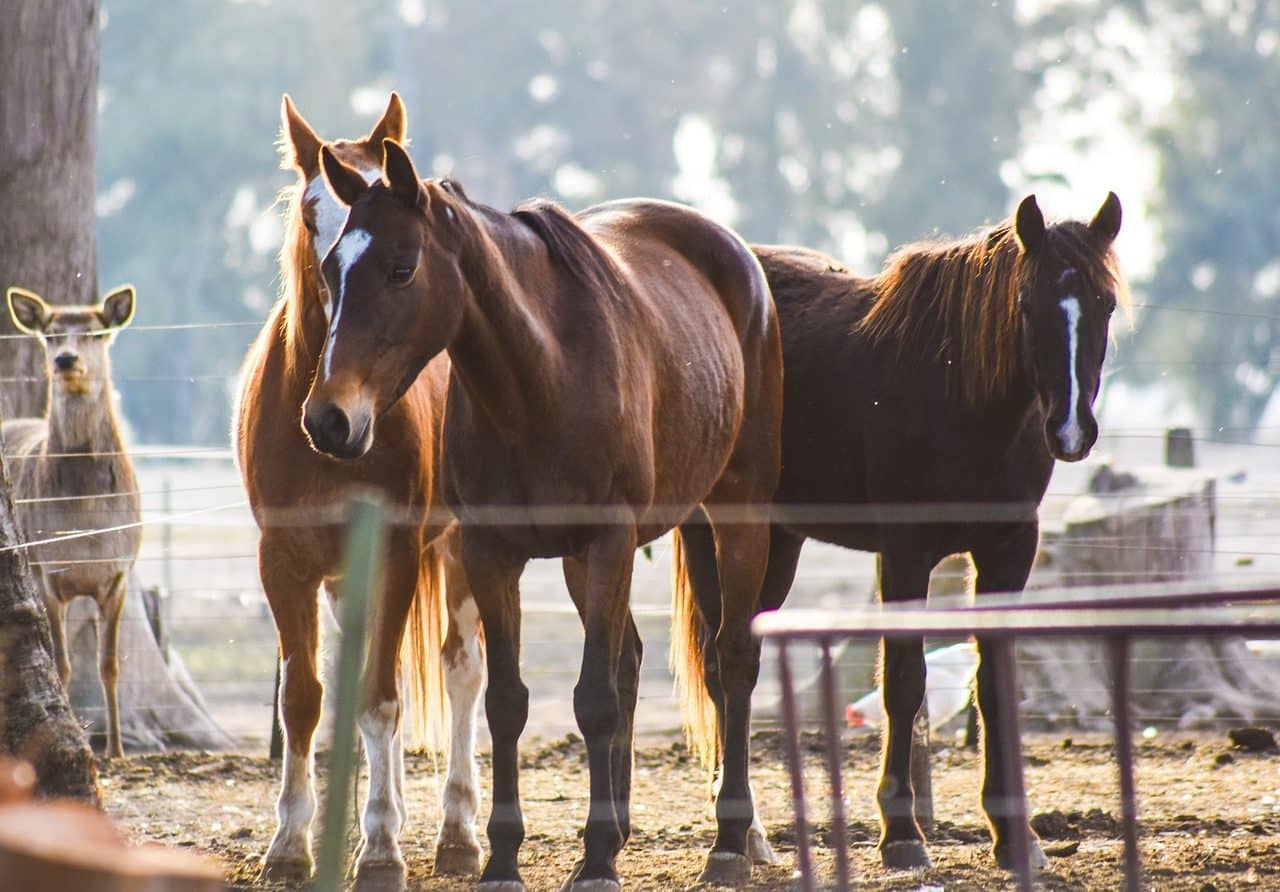
Cavalry is a concept with several uses linked to the horse.
Chivalry is a concept with several uses, usually linked to the horse . The most frequent meaning is linked to the strength of an army made up of combatants mounted on this animal.
It is possible to establish a division between heavy cavalry and light cavalry. Heavy cavalry had the function of establishing direct combat with the enemy. Soldiers were usually protected with armor and had spears, maces or swords to attack.
Light cavalry , on the other hand, was only used in assaults or reconnaissance work. The soldiers were less protected and had lower powered weapons; As a counterpoint, they could move faster than the members of the heavy cavalry.
Importance of cavalry
In the context of war, horses were initially used to pull armed chariots . From the breeding and selection of the strongest breeds, these animals began to be used with horsemen with weapons. Thus cavalry emerged to explore the terrain and as support for the infantry.
With the development of longer range weapons, cavalry began to lose preponderance. Currently the use of caballerias is very limited and is limited to those places where motor vehicles have access restricted by terrain conditions.
Beyond the military environment, the status and conduct of the knight is called chivalry; to the skill to control a horse; and to different types of agrarian measures, whose characteristics differ depending on the country.

A cavalry is an armed force made up of soldiers on horseback.
an American regiment
Usually written with the ordinal number instead of the word (i.e. 7th ), the Seventh Cavalry Regiment has been part of the United States Army since September 21, 1866 and remains active to this day. It is an armored cavalry -type regiment and is officially known by the nickname Garryowen , chosen because it is the name of an Irish song to which it aims to pay homage.
Two years after its creation, on November 27, 1868 , Colonel George Armstrong Custer sent the 7th Cavalry to confront the Sioux and the Cheyennes in the context of the Battle of Washita . It was under the command of Winfield Scott Hancock and had seven hundred soldiers, who did not hesitate to attack a town where the majority of the inhabitants were elderly, children and women, leaving very few survivors and fueling the hatred that both parties felt against the opposite.
Six years later, the 7th Cavalry had to put down the rebellion that was taking place in Dakota by the Arapahoe, Cheyenne and Sioux Indians. Colonel Custer forced his men to advance too quickly, and this resulted in them becoming exhausted before beginning the confrontation ; As if this were not enough, they were not prudent enough to carry light artillery, so the weight they had to carry was excessive.
In addition to the haste and weight of artillery that Colonel Custer subjected the 7th Cavalry to, he made the mistake of dividing them into two groups. All this led to a true disaster from a strategic point of view, which resulted in the loss of most of its soldiers in the Battle of Little Big Horn , which took place on June 25, 1876 .
Although the 7th Cavalry began as just another regiment of the United States , having gone through this unprecedented defeat made them go down in history. One of the examples of the glorification that this regiment enjoys can be seen in the painting titled "The Last Stand" , created by the American artist Frederic Remington , in which Custer is seen with his men awaiting the charge of the natives. Americans.
